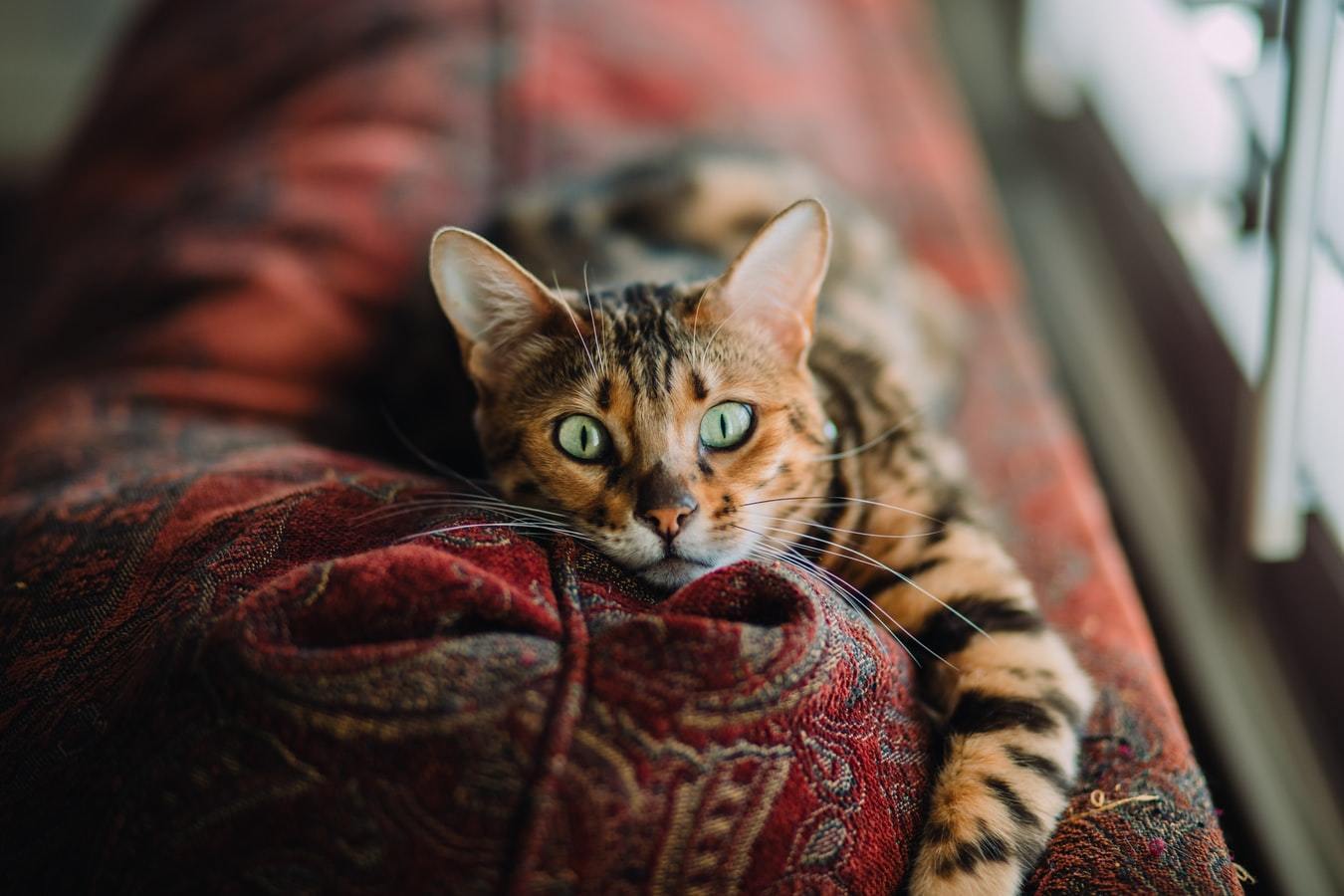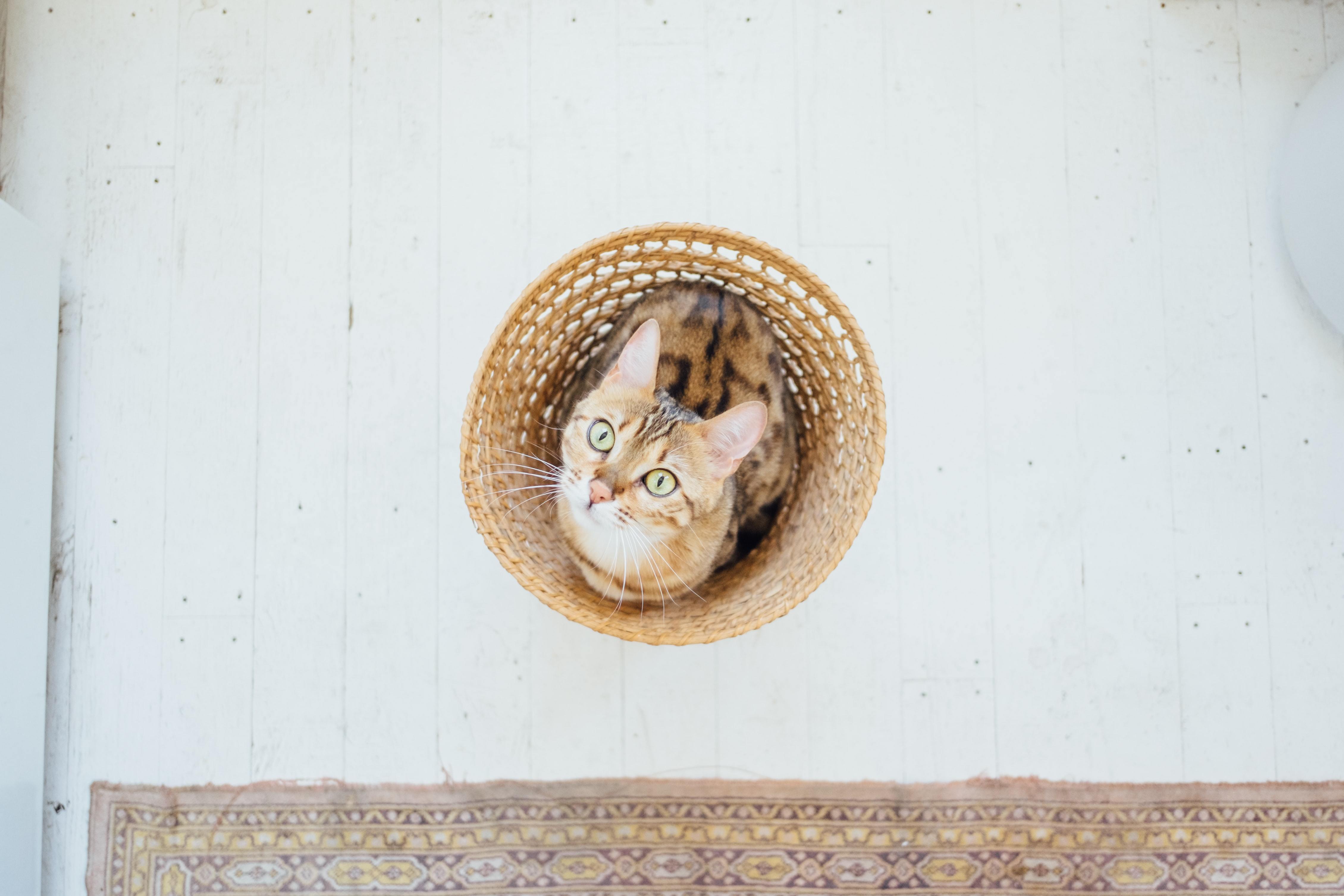
Benefits And Risks Of Raw Cat Food
Raw Vs Cooked Cat Food
Cats are natural predators and have evolved feeding on prey-based diets. Most owners, especially those who are fast embracing raw cat food, believe that cooking degrades most of the nutrients contained in cat food such as meat. This causes the loss of minerals, vitamins, amino acids, and other vital nutrients. The choice of cat food depends on the nutrition value of the food and the benefits versus risks of such food.
Many commercial dry foods have been cooked at high temperatures which drastically diminish its nutritional contents ( protein, fate, and enzymes). These foods are produced with many poor quality fillers like grains, fruits, vegetables, corn, soy, rice, potatoes, peas, and wheat. It is quite hard for our furry friends to produce enough enzymes ( amylase) to break down these carbohydrates and starches. Also, dry food provides very little contribution to your cat's water intake which may predispose your cat to urinary and kidney problems that include a UTI.
Everyone wants the best diet for their pets. Cat lovers may, therefore, need to assess the benefits and risks of feeding raw food to their cats. The process of choosing cat food may be overwhelming for owners since they have to sample different commercial pet foods. While some prefer to feed their cats with cooked food, the availability of raw cat foods in the market has brought relief to most. When choosing the type of food for your cat, it is important to get the facts and ask the necessary questions regarding raw cat food.
Benefits Of Raw Cat Food
1. Availability
With the increased demand for commercially prepared cat food, cat owners can now access a wide range of such foods with less hassle. These foods tend to contain more organ meat and generally contain the nutrients required for the general well-being of your cat. They are also easier to feed to cats as compared to home-prepared foods.
2. Fewer Carbohydrates
Commercial raw foods are only made of ingredients that are meant for your cat, which is a carnivore. Such diets, therefore, don’t include carbohydrates as part of the ingredients. Carbohydrates are complex sugars that are associated with urinary disorders such as urinary tract infections, plugged urethra and even diabetes in cats.
3. Improved Digestibility
Raw food is easily digested by cats than cooked food. Cats have digestive systems that are naturally adapted for meat-based diets. They process raw food efficiently, in about 12 hours, giving bacteria little time to proliferate. This makes cats naturally resistant to food poisoning.
4. Reduced Stool Volume And Odor
Cats that feed on a proper raw diet digest most of it and use it in providing the body with energy. This results in less stool, which is predominantly dry or a little crumbly with almost no smell.
5. Healthy Pelt (coat) And Less Shedding
Raw cat food contains unsaturated fatty acids and other vital nutrients that result in healthy skin and shiny soft pelts in cats. Cats feeding on raw food also experience less shedding and hairball incidences.
6. Contains more water content compared to kibble
Dry food contains 5-10% of water. Whereas raw food contains at least 70% water. Cats should consume 3.5-4.5 ounces per 5 lbs of body weight per day
Supplies:
- Cutting board
- Knife
- Plastic storage containers
- Food processor
- Large mixing spoon
- Can opener
- Large mixing bowl
- Digital Scale
- Small bowls for ingredients
- Gloves for safe handling
Handling:
- Freezer thermometer , -4 F; freeze for at least 24 -48 hours
- Thaw in the refrigerator, discard after 3 days
- Do not leave at room temperature more than 20 minutes, discard any uneaten portion
🐄 Ingredients (For MoB Ground Beef) Recommended recipe
- 10 pounds 90/10 Ground Beef
- 10 ounces of chicken liver
- 4.3 ounces of chicken heart
- 2.8 cups of water
- 84.7 grams of alnutrin
- 6 ounces of pumpkin *(add more if needed for stool bulking)
- 10 ounces gravy for flavor
- 10 ounces cooked peas
- 10 ounces of cooked carrots
🐔 Ingredients (For MoB Chicken)
- 11.29 pounds -Ground or cut chicken thigh (Boneless)
- 4 cups of water ( can use carrot and pea juice also)
- 10 ounces gravy or 0.5 gravy packet
- 11.75 ounces chicken liver. Use a food processor to puree
- 38.25 ounces chicken heart. Use a food processor to puree or give whole
- 4 ounces of diced cooked or canned carrots.
- 8 ounces of cooked or canned peas
- 100 grams of alnutrin with calcium ( vitamins)
- 4-6 ounces of pumpkin ( canned)
🦃 Ingredients (For MoB Turkey)
- 5 pounds ground turkey or chicken
- 1.67 cups of water
- 33.38 grams of alnutrin
- 5.33 ounces of chicken liver
- 12 ounces of pumpkin
- 2 ounces gravy
- 2 ounces peas
- 2 ounces of carrots
🦃 🐔 Recipe (Both Turkey & Chicken Instructions)
- Rinse and dice the meat (chicken or turkey)
- Always zero the scale before adding ingredients for accurate measurements. Weigh the chicken and add to mixing bowl
- Weigh and add peas, carrots, gravy, water, and pumpkin to the mixing bowl.
- Rinse and weigh chicken heart and chicken liver.
- Add chicken heart and liver to the food processor to purée.
- Add puréed chicken heart and liver to the mixing bowl
- Mix all ingredients thoroughly/evenly
- Add to freezer containers 3/4 full. Do not feed until frozen for at least 72 hours.
Risks Of Raw Cat Food
Contamination
Feeding your cat with raw foods such as raw fish or chicken may expose it to illnesses. These foods may be contaminated with bacteria and protozoa, with bacteria such as Salmonella, Listeria, E.coli, and Campylobacter being the commonest foodborne pathogens that can cause complications such as diarrhea and fatality to cats.
-However, proper handling is important. Freeze raw food to kill any harmful bacteria or protozoa of most meats( for example beef, rabbit, chicken, turkey, and more). Proper handwashing before and after handling. Disinfect all surfaces after handling. Avoid using porous food containers (plastic). Please use stainless steel bowls and clean them after each feeding with diluted bleach mixture. Also deworm your cat once a month as part of a regular schedule.
Raw cat food can either be purchased as commercial raw cat food or sourced from home. While such foods may have their benefits over cooked cat foods, it is also important to consider the risks to avoid serious complications for your cat.



1 comment
HY tahnk you for your information.
Where can or should i buy food for my cat?
Maria
Leave a comment
This site is protected by hCaptcha and the hCaptcha Privacy Policy and Terms of Service apply.